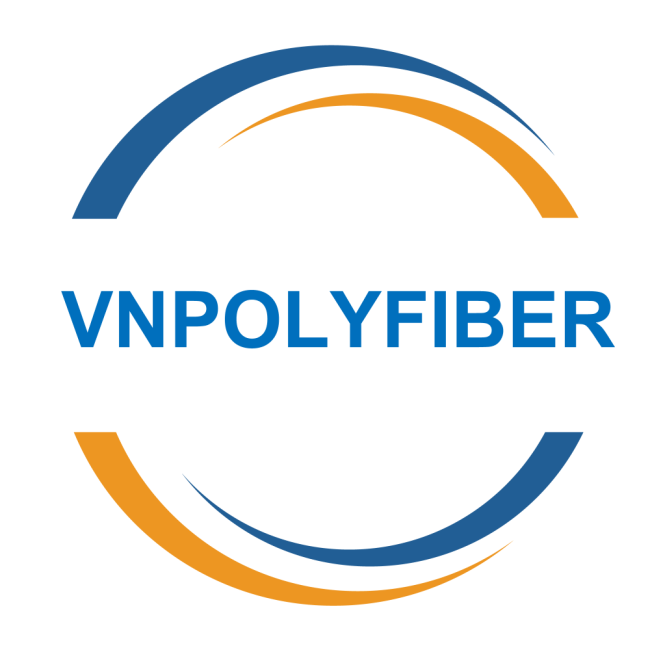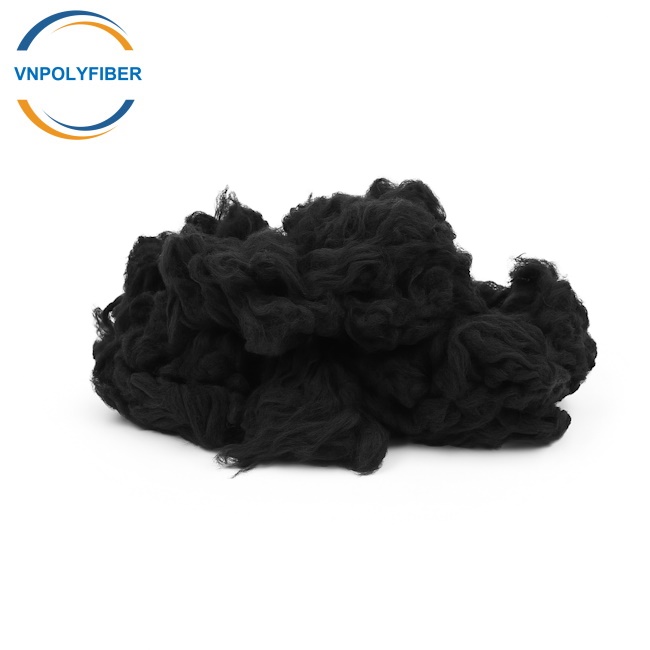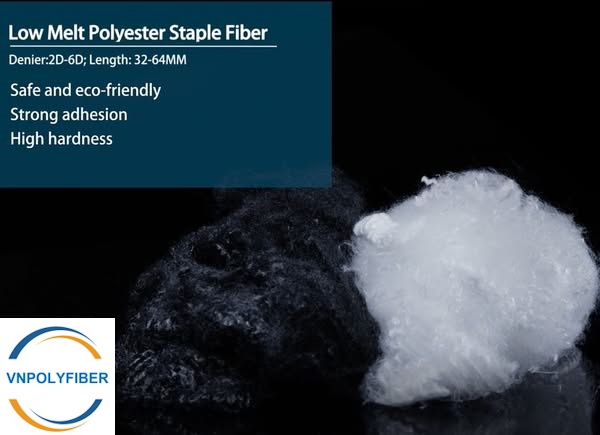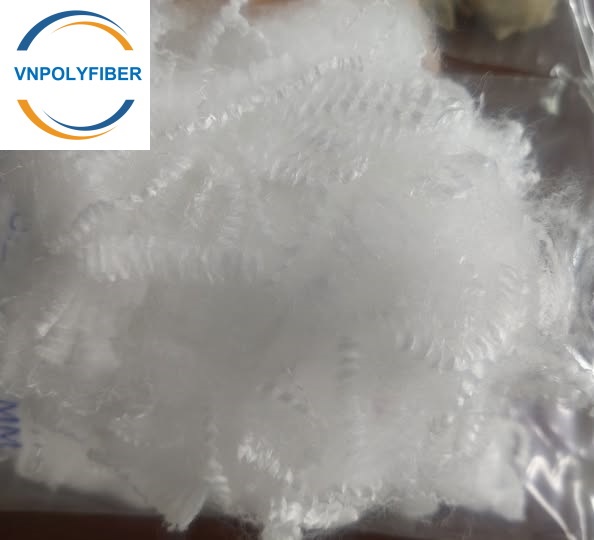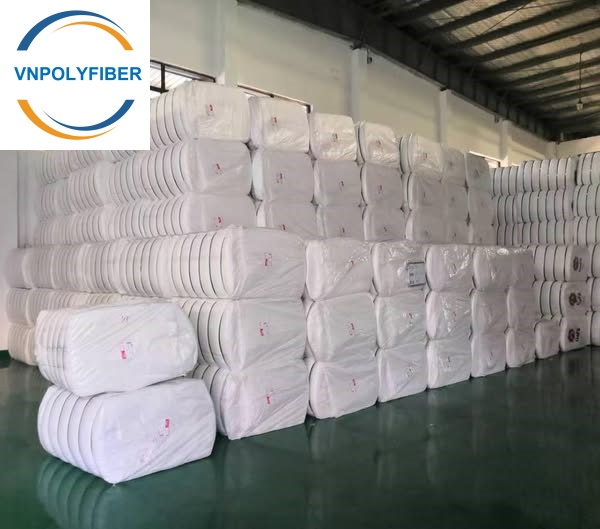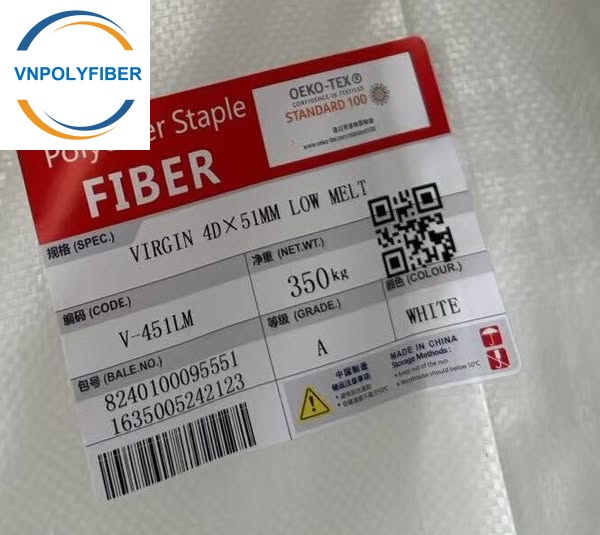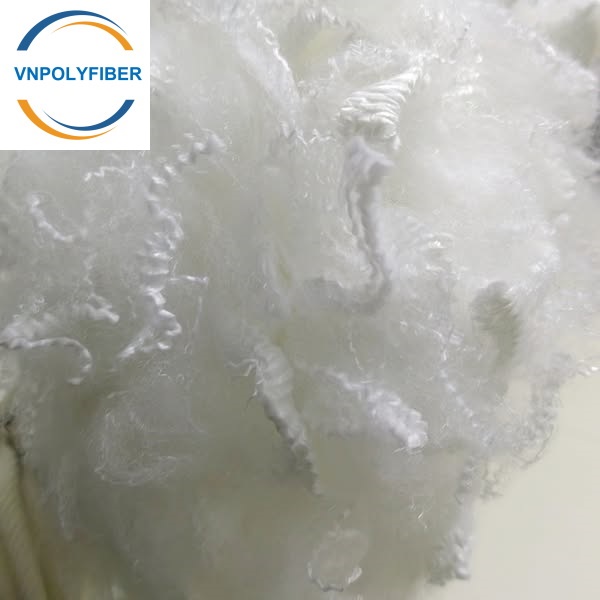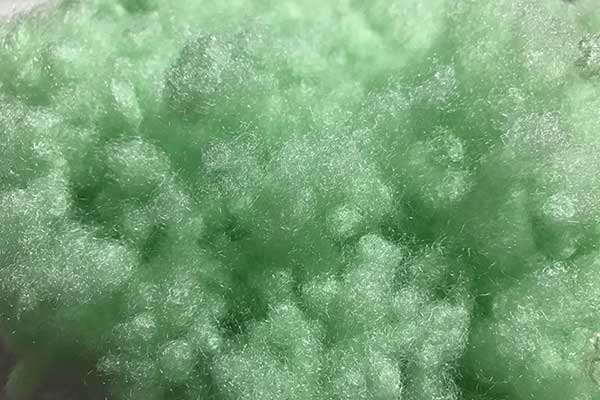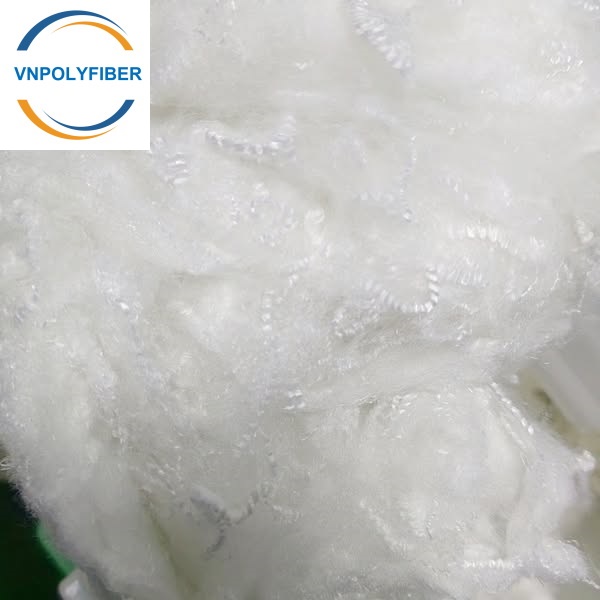Basic information of Low Melt Fiber
Function of Low Melt Fiber
- Low melt fibers are designed to melt at lower temperatures compared to standard fibers. This allows them to act as a bonding agent within a fiber blend.
- When heated, they fuse with other fibers, creating a unified structure without the need for traditional adhesives.
Composition of Low Melt Fiber
Often, these are bicomponent fibers, meaning they have a core and a sheath with different melting points. The sheath melts, while the core maintains structural integrity.
These fibers are usually bicomponent, consisting of two polymers:
Sheath: A lower-melting polymer that bonds with surrounding fibers when heated.
Core: A higher-melting polymer that maintains structural integrity.
Common polymer combinations include CoPET/PET for strong bonds and PP/PE for flexibility and moisture resistance. The melting point of the sheath is carefully controlled during production to ensure precise bonding properties.
Key Specifications:
- Melting Point: The most critical specification, determining the temperature at which the fiber bonds.
- Denier: The linear density of the fiber, influencing the fabric’s thickness and hand feel.
- Cut Length: The length of the individual fibers, affecting fabric structure and processing.
- Polymer Type: The composition of the core and sheath, determining the fiber’s properties.
- Color: Available in various colors, with white and black being common.
Color Variation of Low Melt Fiber
- Like many synthetic fibers, low melt fibers can be produced in various colors. White and black are common due to their versatility in industrial applications.
- White: White is often preferred for general applications where color neutrality is essential. It also allows for easier dyeing of the final product if needed.
- Black: Black is frequently used in automotive interiors and other applications where a dark, non-reflective appearance is desired. For example, in car interiors, black fibers help to create a uniform, dark finish for carpets and linings.
Application of Low Melt Fiber
Low melt fibers find applications across diverse industries:
- Nonwoven Fabrics: They are widely used in nonwoven manufacturing for creating bonded fabrics for filtration, hygiene products, geotextiles, and medical textiles.
- Automotive Interiors: They are used in headliners, carpets, and door panels for bonding fabric to other materials.
- Furniture: They are used in upholstery, mattress ticking, and padding for bonding fabrics and creating comfortable, durable products.
- Filtration: Due to the ability to create consistent pore sizes, it is used in both liquid and air filtration.
Environmental Benefits of Low Melt Fibers
- Lower VOC Emissions: Eliminates the need for chemical adhesives.
- Energy Efficiency: Requires less energy compared to traditional bonding.
- Recyclability: Compatible polymer use enhances recyclability.
- Sustainable Options: Bio-based alternatives further reduce environmental impact.
